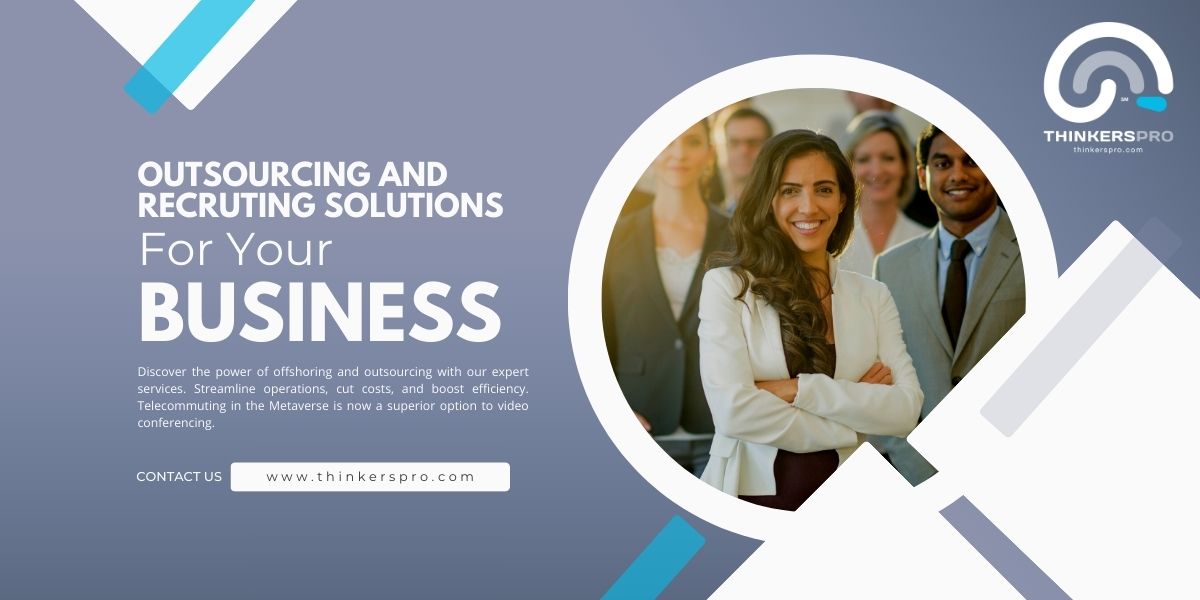The First Impression Counts
A new employee’s initial experience with a company sets the tone for their future at the organization. An inclusive, comprehensive onboarding process creates a welcoming atmosphere that fosters a sense of belonging. This positive first impression can lead to stronger loyalty to the company, ultimately contributing to a lower turnover rate.
Speed Up Time-to-Productivity
The speed at which a new hire becomes productive is crucial for a business. Efficient onboarding can significantly reduce the time it takes for an employee to reach their full working capacity. This is achieved by presenting clear job expectations, offering role-specific training, and providing the necessary tools and resources from day one.
Enhancing Employee Engagement
Employees who undergo a structured onboarding process are more likely to feel engaged with their work. Engagement is linked to higher levels of job satisfaction, reduced absenteeism, and improved performance. By investing in a thorough onboarding experience, companies can encourage new hires to invest their best efforts in their roles, leading to a more motivated workforce.
Building a Foundation for Continuous Learning
An onboarding process that promotes a culture of continuous learning can prepare new hires for long-term success within the company. Providing opportunities for professional growth and development from the start can encourage employees to pursue further learning and adapt to the evolving needs of the organization.
Analyzing Current Onboarding Challenges and Solutions
The onboarding process is crucial for both new hires and organizations as it sets the stage for productivity and retention. However, challenges often emerge, stemming from outdated practices and the evolving landscape of the workplace. Acknowledging and addressing these challenges is paramount to ensure a smooth transition for new employees.
Difficulty in Cultural Assimilation
The first major challenge in onboarding is ensuring new employees assimilate the company’s culture effectively. With remote work becoming more prevalent, it’s tougher to convey the nuances of a company’s culture virtually. To mitigate these issues, organizations are turning to interactive onboarding platforms, virtual meet-and-greets, and creating comprehensive welcome packages that articulate company values clearly and engagingly.
Learning Curve and Information Overload
Another challenge is the steep learning curve associated with understanding new roles and responsibilities. Coupled with an overload of information, this can overwhelm newcomers and impair their ability to absorb critical knowledge. Solutions such as structured onboarding programs and mentoring systems have proven to ease the learning process while promoting better knowledge retention.
Technology Integration Hurdles
- Adapting to new technical tools and software
- Availability of technical support
- Ensuring seamless access to required systems
To overcome technological barriers, businesses are implementing user-friendly platforms that facilitate ease of use and ensuring comprehensive tech support is readily available. Moreover, creating centralized resource hubs where new hires can access necessary materials can simplify the technological transition.
Measuring Onboarding Effectiveness
Lastly, measuring the success of onboarding programs has been a continuous hurdle. Quantifying intangible aspects such as cultural fit and employee morale isn’t straightforward. Advances in analytics and data-driven methodologies are empowering companies to track onboarding progress and make data-backed decisions to refine their processes for higher efficacy.
Selecting the Right Onboarding Software for Your Business
Understanding Onboarding Software Needs
Choosing the right onboarding software hinges upon recognizing your company’s specific needs. Start by evaluating your current onboarding process and identifying areas of improvement. Key metrics such as employee retention rates, time-to-productivity, and satisfaction levels are crucial indicators of the effectiveness of your existing system. Moreover, consider the scalability of the onboarding software to ensure that it can accommodate future growth without compromising performance or user experience.
Evaluating Key Features
When selecting onboarding software, prioritize critical features that align with your business goals. Look for platforms that offer customizable workflows, comprehensive employee profiles, and integrated learning management systems. Additionally, automated document management is vital for reducing manual tasks and errors. User-friendly interfaces and accessibility across devices are also important for an inclusive onboarding experience.
Assessing Onboarding Software Providers
It’s imperative to research and compare different onboarding software providers. Check out user reviews and request demos to get a feel for each solution. Consider the level of customer support offered, as this can be a lifeline during the implementation phase and beyond. Also, take into account the software’s compliance with data protection laws to ensure your business and employees’ information remains secure.
Cost Considerations and ROI
- Initial investment vs. monthly or yearly subscription fees
- Long-term benefits such as reduced turnover and improved efficiency
- Comparing the total cost of ownership across different platforms
It’s essential to balance the cost of the onboarding software with the expected return on investment (ROI). Calculate the long-term savings generated by higher retention rates and faster time-to-productivity to justify the expenditure. Remember, a cost-effective solution should not compromise on essential features or user experience.
Implementing Your Onboarding Software Choice
After the selection process, the focus shifts to successful implementation. Work closely with your chosen provider to tailor the software to your company’s processes. Engage in comprehensive training for your HR team and any staff involved in onboarding to ensure they are comfortable with the new system. Using feedback mechanisms such as surveys or meetings can help you gauge initial reactions and make necessary adjustments to the onboarding experience.
Monitoring and Adapting
Once the software is in use, monitor its impact on new hires and the HR team over time. Track onboarding metrics closely to confirm the benefits discussed during the selection process are being realized. Stay adaptable and open to iterating your onboarding software to meet evolving needs, thus maximizing your investment and fostering a productive work environment.
Best Practices for Implementing Onboarding Software
Best Practices for Implementing Onboarding Software
Choosing the Right Onboarding Software
Selecting the right onboarding software is pivotal to the smooth transition of new hires into your organization. Begin with a clear list of objectives and outcomes you expect from the onboarding process. Factors to consider include ease of use, customization options, integration capabilities with existing HR systems, and the level of support provided by the software vendor. It’s also essential to select software that provides engaging content delivery, tracks progress, and offers feedback mechanisms for new employees. Comprehensive demos and free trials can give you a better sense of how the software will perform in real-world scenarios.
Structuring the Onboarding Process
An effective onboarding process is well-structured and purpose-driven. With your chosen software, create a roadmap that outlines all the stages a new employee will go through. Include key milestones such as introductions to team members, training sessions, and goal-setting meetings. Customizable checklists within the software can be particularly useful for ensuring all important steps are covered. Remember, a successful onboarding process is not just about paperwork, but also about cultural integration and fostering connections within the company.
Incorporating Company Culture
Onboarding isn’t just about bringing new staff up to speed on their tasks—it’s also an opportunity to immerse them in your company’s culture. Feature videos, testimonials, and interactive content through the onboarding software that reflect your organization’s values and work environment. Encourage new hires to engage with this content to help them understand what makes the company unique and to showcase how they can contribute to the broader vision.
Continuous Improvement and Feedback
A dynamic onboarding process is constantly evolving. Solicit feedback from recent hires to gain insights into the effectiveness of your onboarding software and the overall experience. Utilize surveys or feedback modules within the software to capture this valuable information. Analyze the data collected to identify areas for improvement and be prepared to make iterative changes to the onboarding process. This approach not only enhances the experience for future new hires but also signals to employees that their opinions are valued and considered.
Metrics and Reporting
Monitoring the success of your onboarding process can be greatly aided by the software’s reporting features. Leverage analytics to track completion rates of onboarding milestones, time spent on different modules, and performance on assessments. These metrics can help HR teams understand the effectiveness of the onboarding process and make data-driven decisions for refinements. Regular reports and dashboards should become integral tools for ongoing management of the onboarding process.
Case Studies: Success Stories of Streamlined Onboarding Processes
In an era where every second saved translates into a competitive advantage, businesses have been redefining their employee onboarding processes to foster efficiency and engagement from day one. Through careful analysis and strategic implementation, a number of companies have managed to turn onboarding from a routine administrative burden into a dynamic success story.
Optimizing First Impressions at XYZ Tech
When it comes to setting the tone for employee success, XYZ Tech took a thoughtful approach to revamping their onboarding strategy. By integrating a mix of technology and personal touch, the company reduced onboarding time by 50%. They achieved this by implementing pre-boarding activities that employees could complete before their start date, including paperwork and basic training modules. With these tasks out of the way, the first day was restructured to focus on relationship building and cultural assimilation.
- Automated document management for swift paperwork completion.
- Interactive training sessions through gamification.
- Peer mentorship programs for real-world insights.
ABC Healthcare’s Personalized Onboarding Journey
ABC Healthcare faced challenges due to its large and diverse workforce. Understanding that a one-size-fits-all approach was not effective, they designed a personalized onboarding experience tailored to the needs of each new hire. This strategy led to a marked improvement in employee satisfaction rates and reduced turnover within the first year. Key elements of ABC Healthcare’s onboarding overhaul included:
- Person-specific onboarding checklists and timelines.
- Flexible learning options adaptable to individual learning styles.
- Regular check-ins to provide support and receive feedback.
Reimagining Onboarding at DEF Retail Corporation
With a distributed workforce, DEF Retail Corporation faced unique challenges in standardizing the onboarding process across various locations. The corporation’s strategic approach involved creating a centralized platform where resources could be accessed by new employees at any time. Such innovation promoted a consistent onboarding experience that aligned with DEF Retail’s core values and operational procedures.
- Centralized onboarding portal for consistent training materials and resources.
- Local on-site ambassadors to guide new hires through their initial days.
[aib_post_related url=’/branding-excellence-elevating-employer-branding-in-recruitment/’ title=’Branding Excellence: Elevating Employer Branding in Recruitment’ relatedtext=’Quizás también te interese:’]
For each of these companies, refining the onboarding process has not only created a powerful first impression but has also set the stage for long-term employee engagement and retention. By focusing on the distinct needs of their workforce and leveraging technology, these case studies exemplify how a well-designed onboarding experience can significantly contribute to the success of both the employees and the organization as a whole.


